GDPR Principles: Accuracy
Last Updated: June 27, 2024

This post represents part 4 of a series of posts covering principles of the General Data Protection Regulation (GDPR). The regulation sets out 7 key principles that set the foundation for the directives to be enforced by the legislation. Today we will be covering the accuracy principle. Below are links to the full series of posts:
- Part 1 GDPR Principles: Lawfulness, Fairness and Transparency
- Part 2 GDPR Principles: Purpose Limitation
- Part 3 GDPR Principles: Data Minimization
- Part 4 GDPR Principles: Accuracy
- Part 5 GDPR Principles: Storage Limitation (Coming Soon)
- Part 6 GDPR Principles: Integrity and Confidentiality (security) (Coming Soon)
- Part 7 GDPR Principles: Accountability Principle (Coming Soon)
Accuracy Principle
The accuracy principle of the GDPR sets forth that data controllers must make efforts to maintain accurate personal data of their data subjects. For the most part this principle is self explanatory, but there are a few considerations for organizations that are not immediately apparent. At a high level, compliance means:
- Ensuring that data you maintain is accurate and not misleading in a way that could be harmful to the data subject
- Making efforts to keep personal data updated where reasonable and applicable
- Making timely efforts to correct or erase personal data when inaccuracies are discovered
- Reviewing all challenges to the accuracy of personal data and correcting or erasing where necessary (Right to rectification)
One of the main changes to previous legislation stems from the last point above. The rights of data subjects have been strengthened and citizens have the right to challenge data inaccuracy under the GDPR and have it corrected or erased. Compliance with these types of requests can be more accurately managed with compliance software such as a subject access request portal. Compliance with external requests carry a base timeline of 30 days for response. Internal discovery of inaccuracy is more ambiguous and organizations should be able to demonstrate progress towards rectification or erasure at reasonable intervals.
1. Personal data shall be:
(d) accurate and, where necessary, kept up to date; every reasonable step must be taken to ensure that personal data that are inaccurate, having regard to the purposes for which they are processed, are erased or rectified without delay (‘accuracy’)1
Determining Accuracy
Determining accuracy isn’t always as simple as making sure personal information is up to date, there are several situations that present complexities from a regulatory and legal perspective.
Historical records

One such case is determining the accuracy of historical records. For instance a loan holder may maintain personal data about where a person has lived. If they move from Miami to Jacksonville and their current residence is still listed as Miami then their personal data would be inaccurate. However maintaining a record stating that they used to live in Miami but they now live in Jacksonville would be accurate but should be marked as historical.
Mistakes
Recording mistakes is a tricky subject. Mistakes can come in many forms and various levels of challenge to the records may be encountered. For instance, a patient may receive a misdiagnosis in their medical records as part of care. Since these records are not public, a health clinic is unlikely to encounter significant resistance to a record of these mistakes. An employee accused of sexual harassment who is later found to be innocent would likely have a high interest in having the accusation purged from personnel files. Whether it is appropriate to record a mistake is a complex subject and you should consult a data privacy attorney if you have concerns.
opinions
Opinions are subjective by their very nature, and in today’s world of social media and at-will authorship, there are plenty of them. Opinions are protected by the first amendment right to freedom of speech but the GDPR sets forth that controllers and processors should make it clear that data is an opinion, and who’s opinion it is. Opinions are not considered mistakes even if other data subjects disagree or the opinion is later proved wrong. If the opinion was based on inaccurate fact, publishers should make sure to note that so the record is not misleading. Some opinions may be prone to challenge by data subjects such as medical opinions. It’s important to note the basis for the challenge and conduct a review on whether the data needs to be rectified or erased.
Ensuring Data is Current
 The accuracy principle states that reasonable efforts should be made to ensure personal data is current. Extreme measures do not have to be taken to ensure records are up to date, some information like a patient’s insurance information should be actively kept up to date, but other information such as user profile data on social networks can rely on the end user to provide updates. It is not necessary for an organization maintaining voluntarily provided personal data to ensure that it is kept up to date – at least from a compliance perspective.
The accuracy principle states that reasonable efforts should be made to ensure personal data is current. Extreme measures do not have to be taken to ensure records are up to date, some information like a patient’s insurance information should be actively kept up to date, but other information such as user profile data on social networks can rely on the end user to provide updates. It is not necessary for an organization maintaining voluntarily provided personal data to ensure that it is kept up to date – at least from a compliance perspective.
Compiled Information and User Provided Information
What qualifies as reasonable steps varies depending on whether the controller or processor collected the information into a personal data record or the data subject provided the information. The burden of compliance is significantly higher for information collected and compiled by a processor or controller. When an organization such as a credit reporting agency develops an independent record of someone, they must make efforts to verify the information collected and used in processing. One of the criteria for compliance scrutiny is impact to the individual. Credit reporting agencies that collect and process personal data have a high impact to the individual, but an internet directory site that scrapes information from websites that was already provided will face different scrutiny. The credit reporting agency may be expected to make calls to debt holders to verify the information provided, where a directory site may have no burden at all.
User provided information in general has a more relaxed burden of verification. Common software development practices like form field validations can demonstrate compliance when relying on the accuracy of end user data. For example, application programmers can ensure data is a number when collecting a phone number or zip code, and is a date when collecting a birth date – both of which can serve as an appropriate compliance measure. Again, consider the impact to the individual when deciding what steps are taken to ensure compliance with the accuracy principle.
Documentation Requirements
If you suspect you are working with information that needs verification steps to ensure accuracy, make sure to document the act of reaching out for verification. If discrepancies are found, be sure to note them and document rectification or erasure. If a citizen challenges the accuracy of data, make sure to document compliance with the challenge by capturing request details, thought process for reviewing the challenge, and outcome including any rectification or erasure.
Conclusion
The accuracy principle states that controllers and processor should make reasonable efforts to ensure personal data is accurate. They must allow citizens to challenge the accuracy of data and take steps to rectify or erase the data associated with the challenge. Verification is sometimes needed to ensure data is accurate. Controllers and processors should consider the impact to the individual and whether they collected the data or the user provided it when determining appropriate verification steps. Organizations should document challenges and their responses thoroughly and in a timely manner. They should also document the thought process for determining whether personal data needs to be verified and the verification steps taken if necessary.

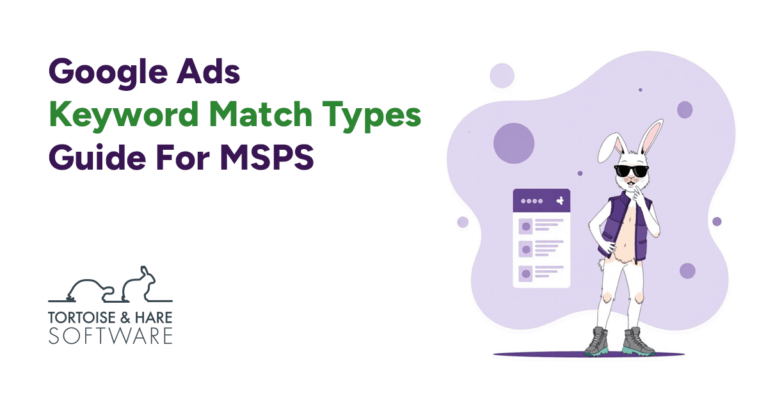



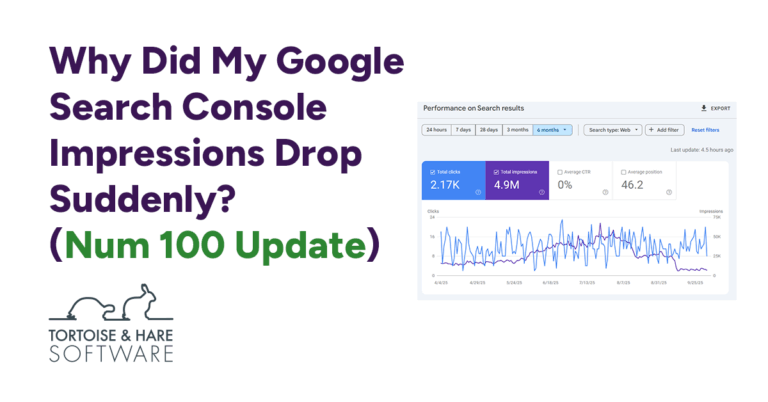
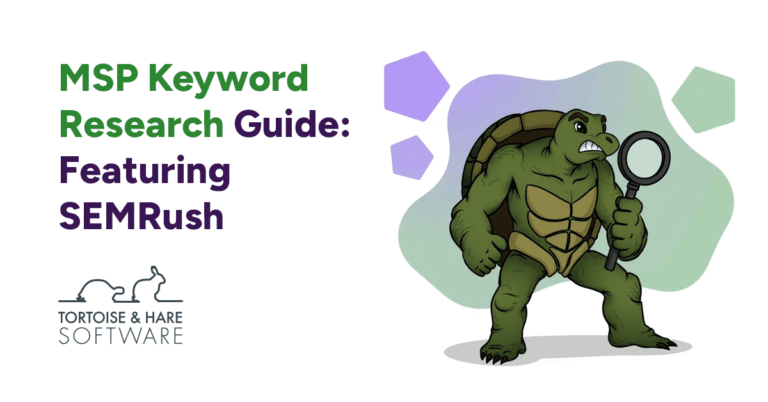


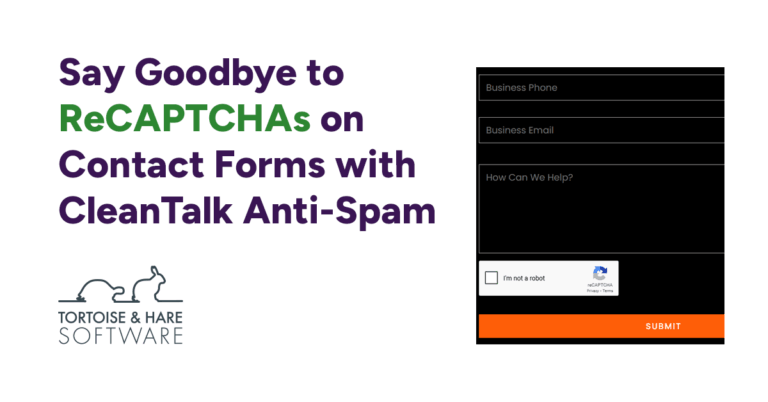

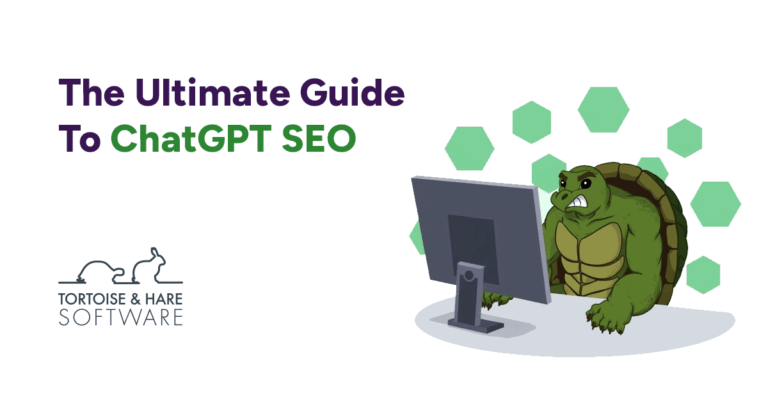
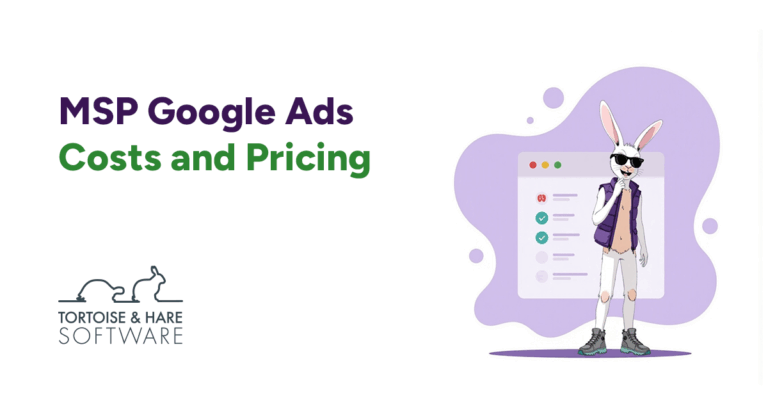





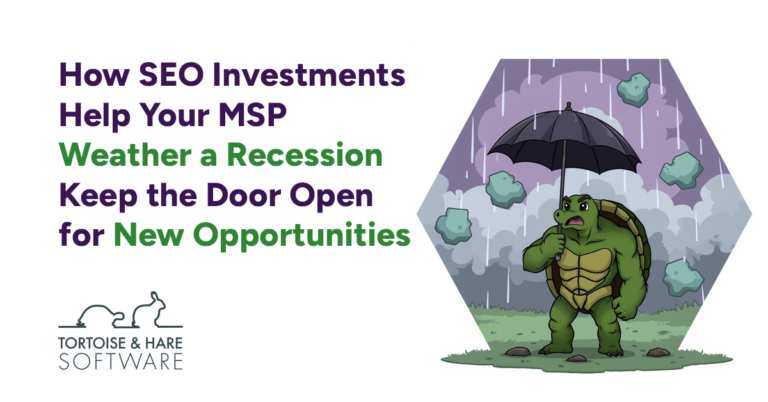
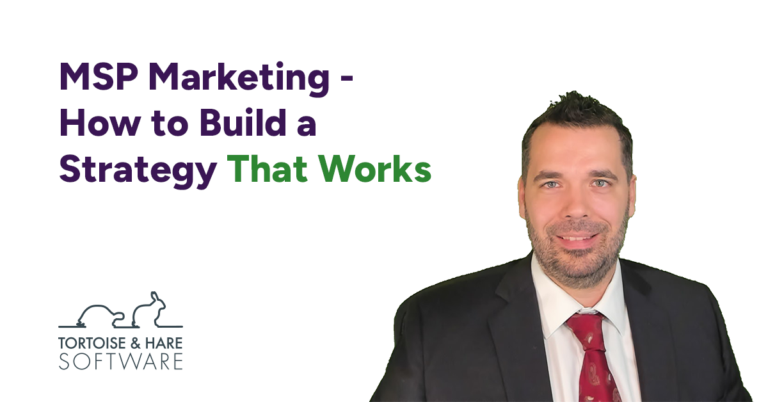









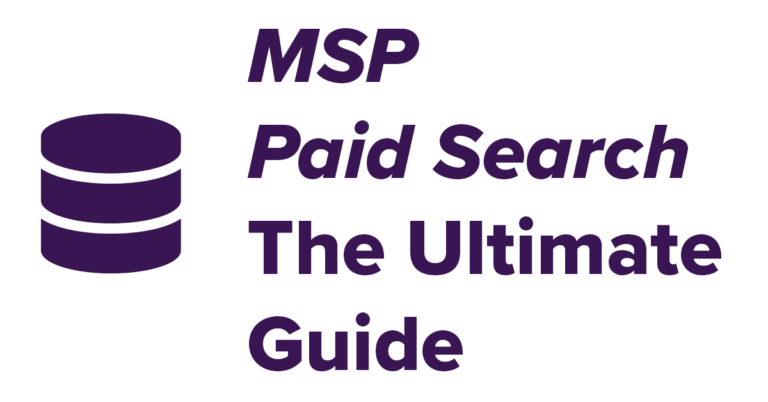
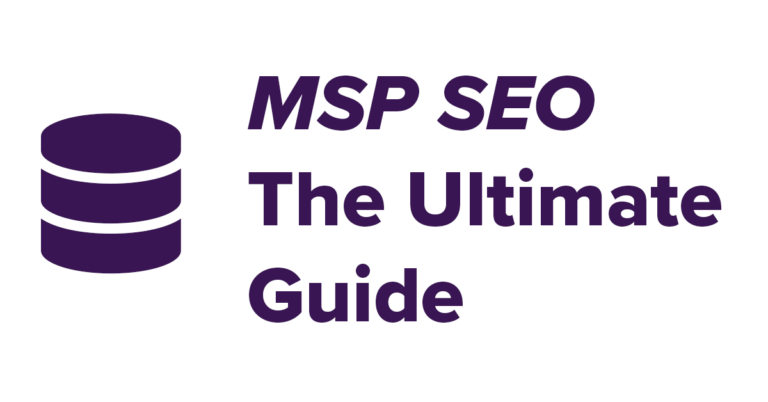


Leave a Comment